How many times have you felt like a fool for pulling a door instead of pushing? Well, you shouldn’t! If you’ve been in this situation, you were probably in front of a poorly designed door that didn’t communicate whether to push or pull. This phenomenon is a consequence of our brains working on autopilot. Studies have shown that our brains associate door handles with pulling.
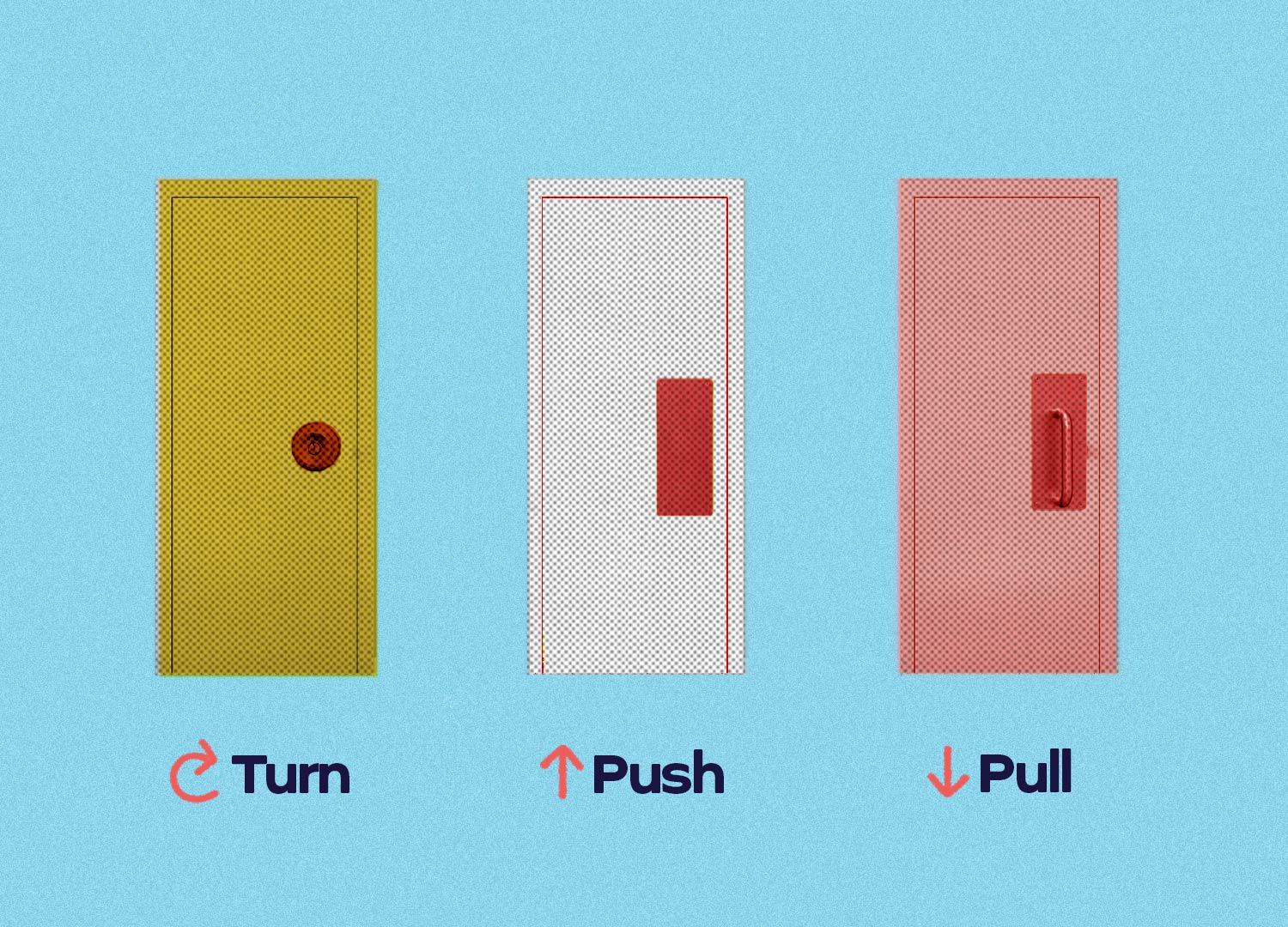
So, if it’s not us, who should be the ones to blame? Those would be the architects who didn’t think about how we behave while they designed these doors. Any real-life or digital product should be designed with customers’ behavior in mind. Their usage should be intuitive.
Have you ever asked yourself why despite being developed by different teams and companies, most social media platforms, phones, computers, project management tools, websites, among others, are easy to use? We could say that if you’ve been in contact with one social media platform, you can use all other platforms. Similarly, if you’ve used one project management tool, such as Monday.com, you can easily use similar tools from different brands.
This blog will explain the fundamentals of UX Design that help build memorable, easy-to-use, and informative websites that lead prospective visitors to convert.
What Is UX Web Design?
UX website design is the process of creating a positive experience for users. This is achieved by designing a complex online system that is accessible and intuitive for users to navigate. At the same time, UX Design enables site owners to perform a specific action, including getting users to sign up, fill a form, send a message, donate, purchase online, among others.
Why Is UX Design Important?
In the same way that user-oriented product design can inform a person whether to push or pull a door, UX website design guides users on where to click or tap on the site to find the information that they are looking for.
Additionally, UX Design considers historical data to create a custom experience for your site visitors. As you accrue data about how your audience navigates your website, UX designers create a more customized experience for prospects and clients. This design approach puts clients’ needs and wants first.
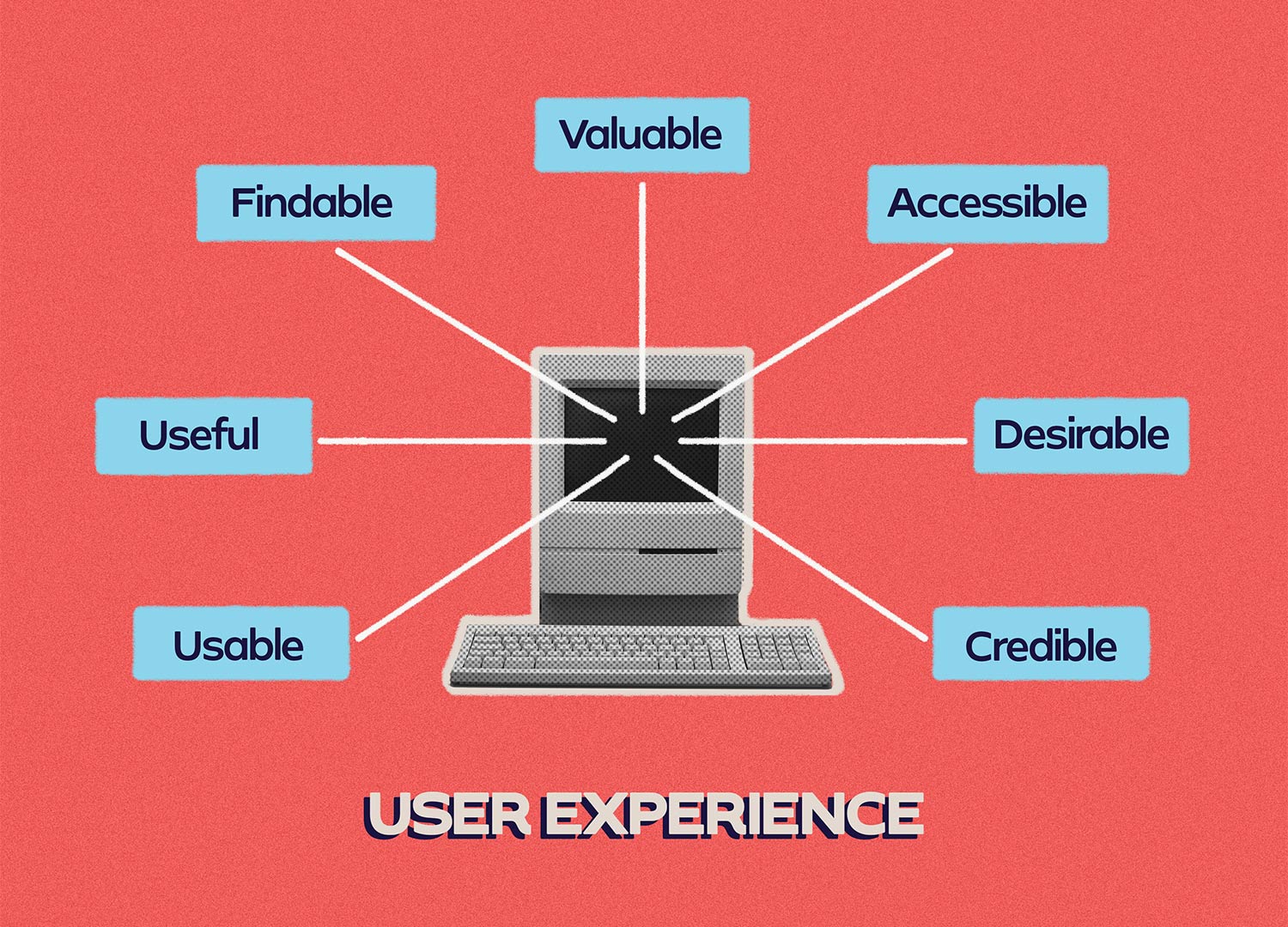
Successful websites employ a range of visual tools, including headers and buttons to enable easy navigation. These allow users to find the information they are searching for and encourages them to engage with the site.
In the same way that a real-life clothing store might use music, lighting, scents, and the floor layout to create an enjoyable shopping experience, e-commerce websites can use the digital equivalent to convert visitors into customers.
Which UX Fundamentals Help Create A Positive Experience For Users?
Information Architecture
A customer-centered website design will always put discoverability and usability before aesthetics. Structuring your content helps end-users make sense of complex information, enabling a seamless customer journey.
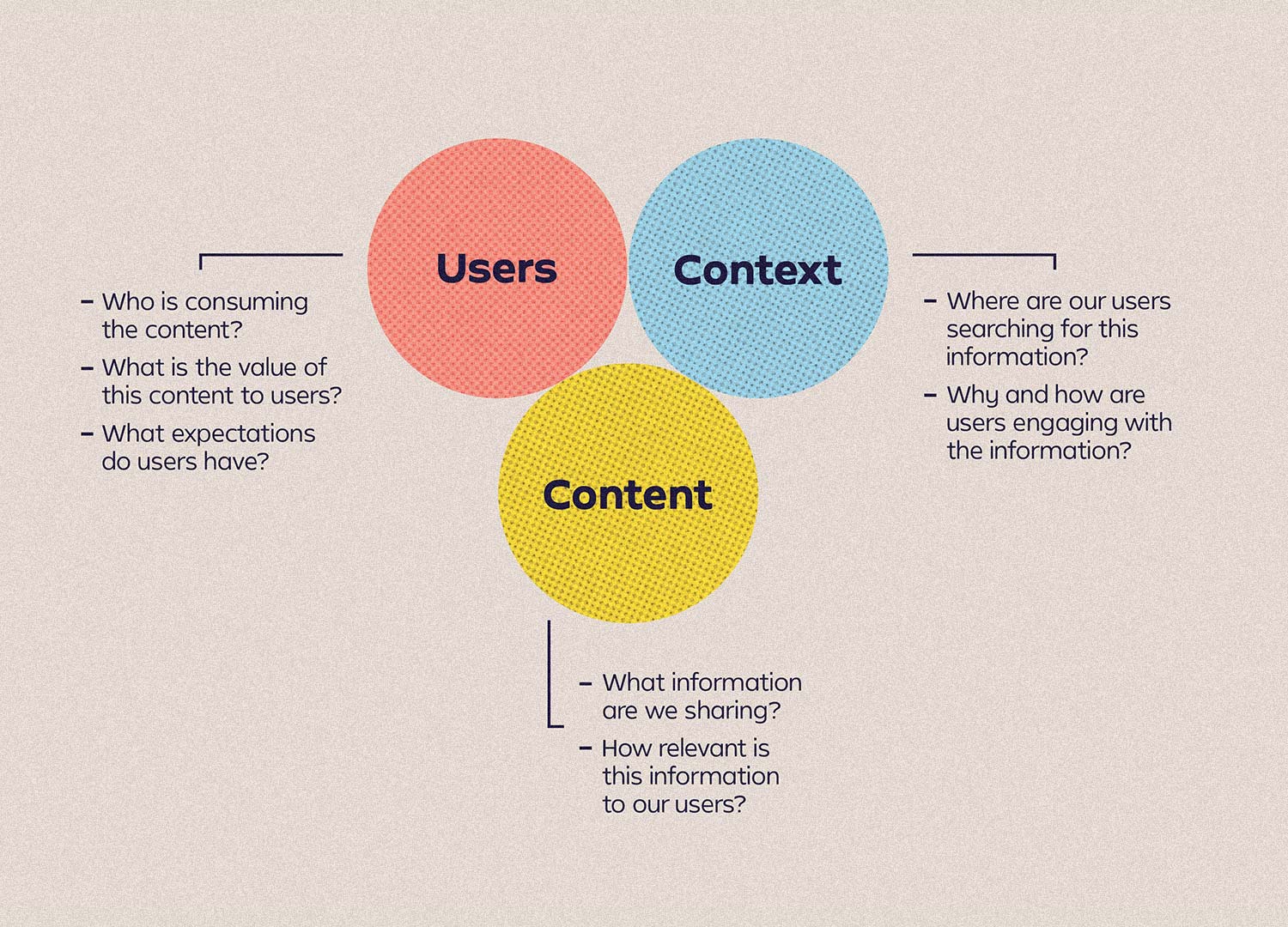
Organizing your content demands considering the following factors:
Understanding
Knowing how users interpret and interact with information, symbols, and specific words. For example, we organize information in groups of a maximum of four, so it’s easier to remember. When relaying our phone number, we first mention the area code, central office/exchange code and divide the line number into two groups. Splitting your site into four sections (header, navigation menu, content, and footer) will make it easier for users to navigate and remember. Similarly, each section and subsection of your site should be split into small groups.
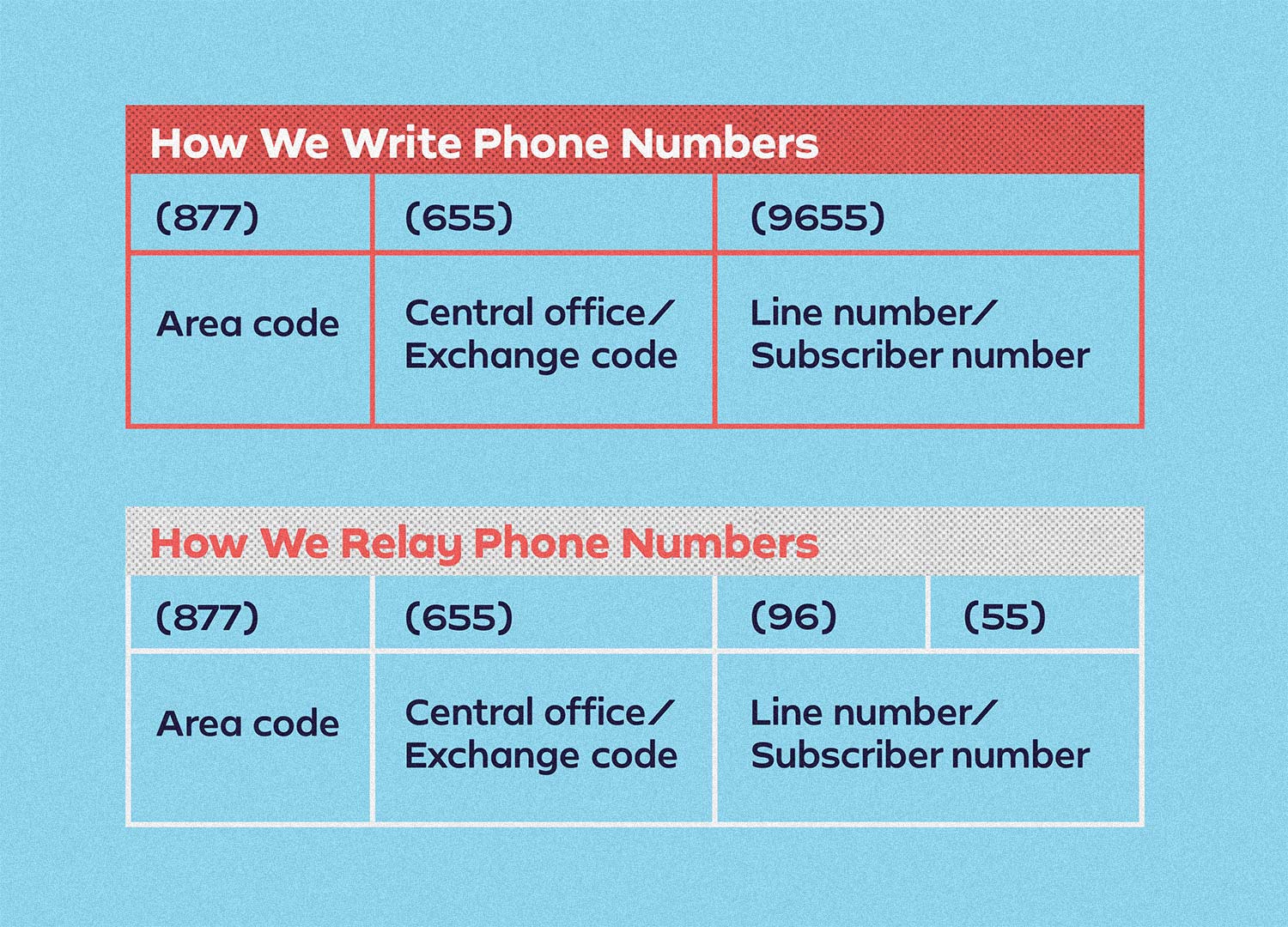
Organizing
Representing the information in a way that makes sense to your site visitors. For example, icons should be recognizable from your desktop and mobile devices and easy to understand. For example, a small clear envelope can prompt users to email you, whereas a phone leads them to call you.
Similarly, your vocabulary should be direct. Getting creative with your words could hurt your site usability as it becomes harder for users to find what they are searching. For instance, calling your contact page “Get in touch” instead of “Contact” or “Contact Us.”
Presenting
Organizing the information to help users navigate your website while making sense of the data. Historical data about users’ online behavior and their wish to fulfill their needs online should clue you on how to present information to your prospects.
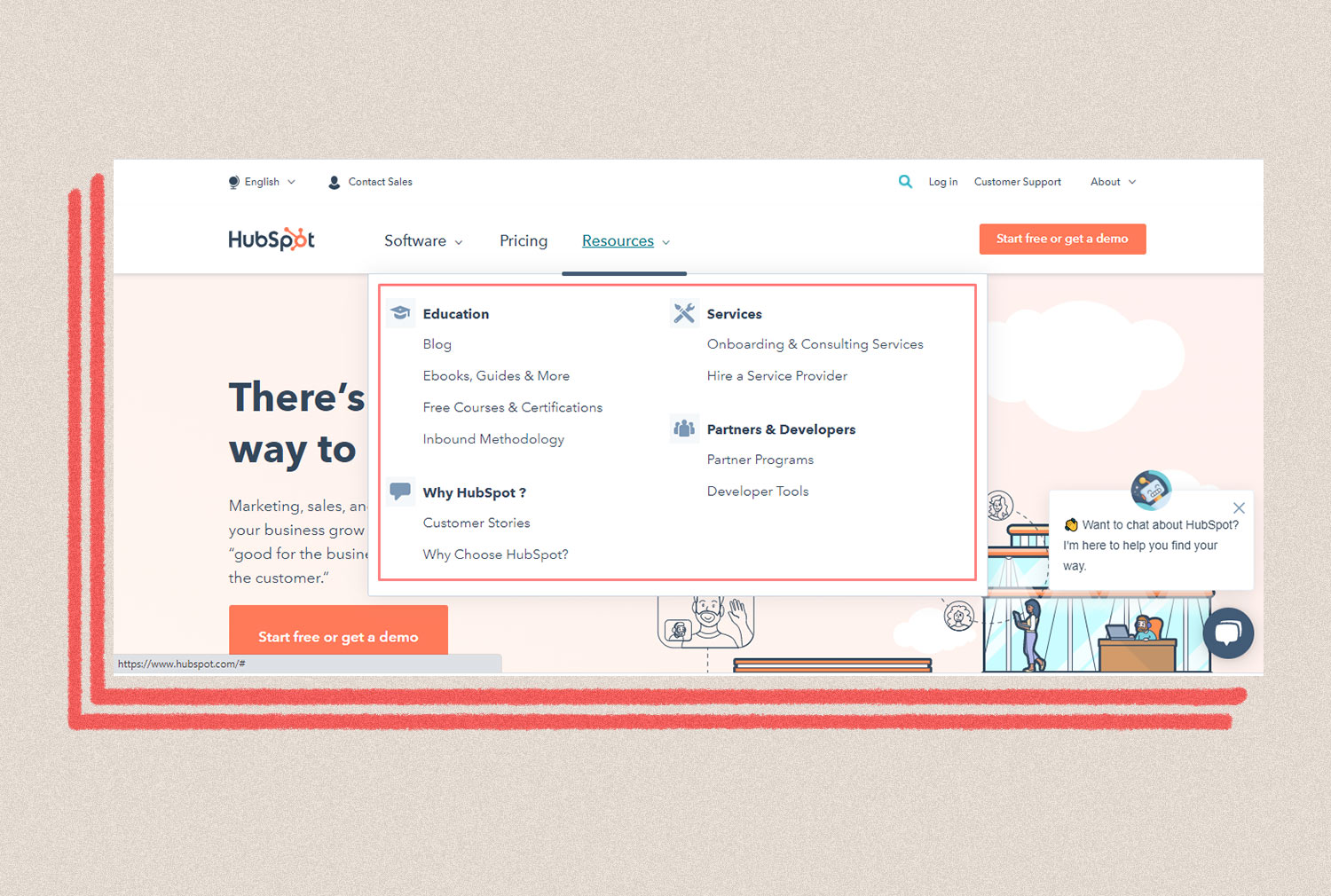
Storytelling
Stories captivate people and evoke a sense of urgency. They can make your audience feel noticed and acknowledged, driving emotions that help them connect with brands. UX Design uses this strategy to communicate how businesses can solve users’ problemas. Therefore, each section of your website should always share who you are, how you can help, and where your clients can contact you — all while being brief, direct, and notable.
Knowing who your target audience is and their needs is the first step for a successful storytelling strategy. These insights will outline how your product will help them solve their problems.
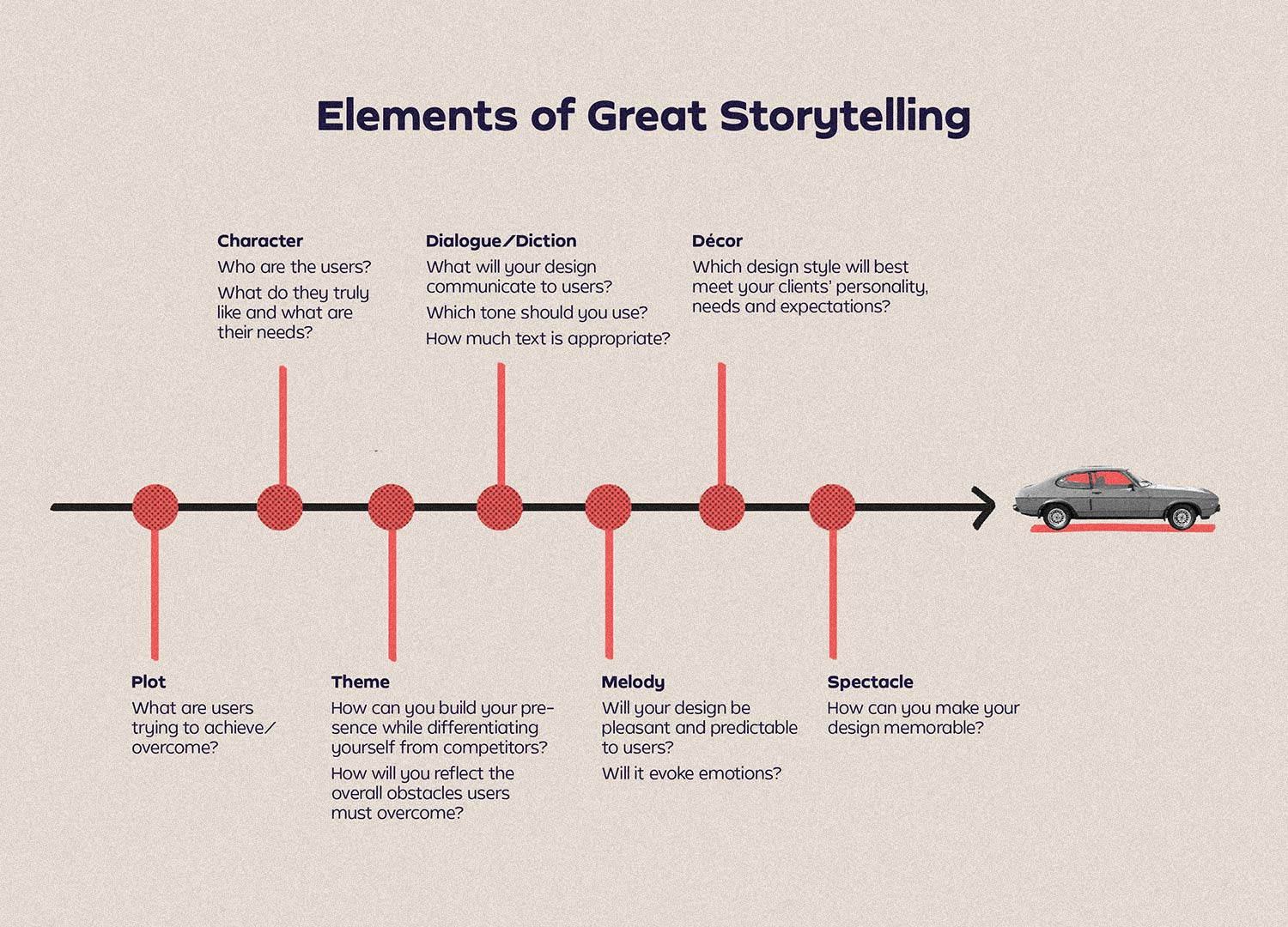
Consumer Behavior & Historical Data
There are numerous UX design best practices you can use to create a customer-centric website. However, as you acquire data about your audience’s behavior, you’ll make informed tweaks to your UX website design.
Sometimes, you’ll come across specific questions that can only be answered through data analysis, such as the following:
- Should we ask for our prospective customers’ email or phone numbers in our forms? Which information are users more likely to share with us?
- Should we include a video on our home page? Will website visitors watch it? Are the time and resources invested in this audiovisual piece worth it?
- How can we get more people to fill our form, call us, or directly purchase from our site?
User’s behavior varies among industries and business, which is why the answers to these questions will never be standardized. However, once you know what your specific audience expects from you and how they behave, you’ll be able to design an even more tailored website.
For example, you will be surprised to know that the “add to cart” button hasn’t always been there. This call-to-action surfaced as a solution to low online sales. People navigated eCommerce sites; however, they either didn’t complete their purchase or didn’t shop as much.
UX designers studied consumers’ behavior and realized that their online experience wasn’t close to our real-life shopping experience. Consequently, they created the famous “add to cart” button, emulating the shopping cart we use in supermarkets and convenience stores. Today, the vast majority of eCommerce platforms use this call-to-action button to lead customers towards the checkout. Next time you’re on Amazon, Walmart, or eBay, look at how they guide users consistently despite being different sites.
Conclusion
UX website design is 100% customer-centric. Following best practices and studying your clients’ behavior and expectations will help create a custom online experience for prospects and clients navigating through your website in search of a solution to their problems.
UX web designers possess the knowledge and tools to create a website that generates tangible results. They can create a memorable, friendly experience.
Do you want to learn more about the UX fundamentals for web design? Subscribe to our monthly newsletter to get all things digital marketing directly to your inbox.
a

Article by Francis Espinoza
Francis is a Social Media Coordinator here at Olly Olly. Born and currently based in Nicaragua, her professional background and passion are all things inbound marketing.
Like what you read? Send Francis a message here.

